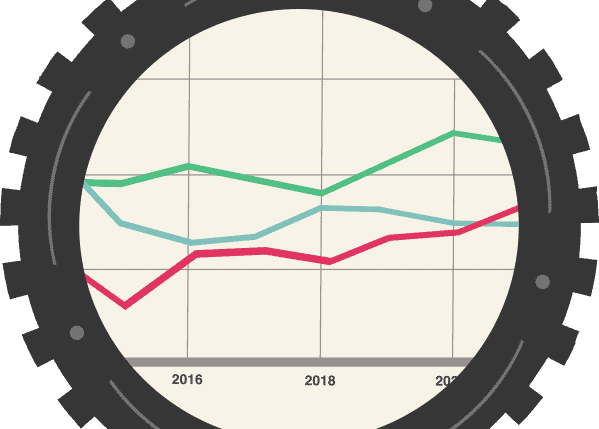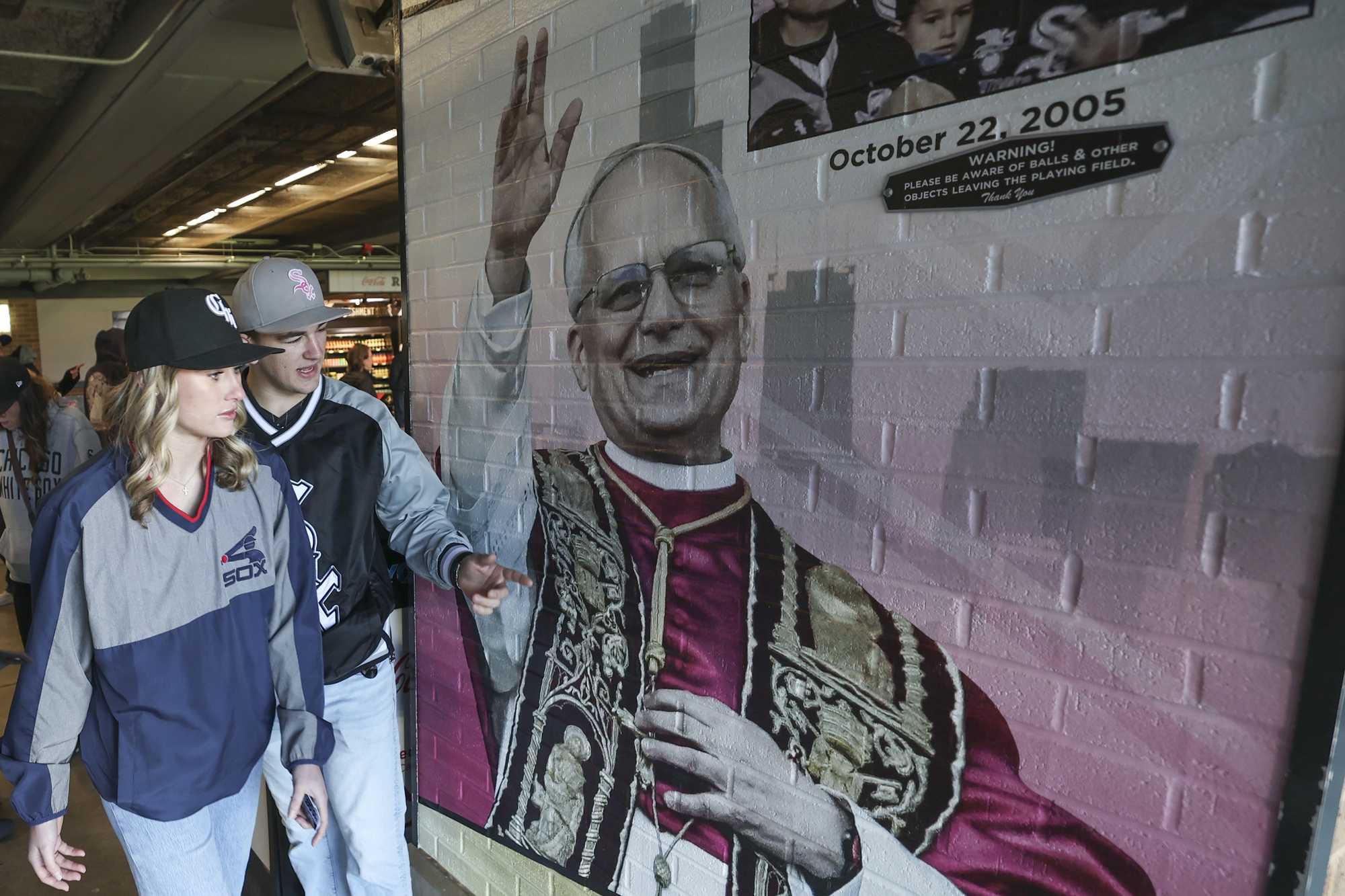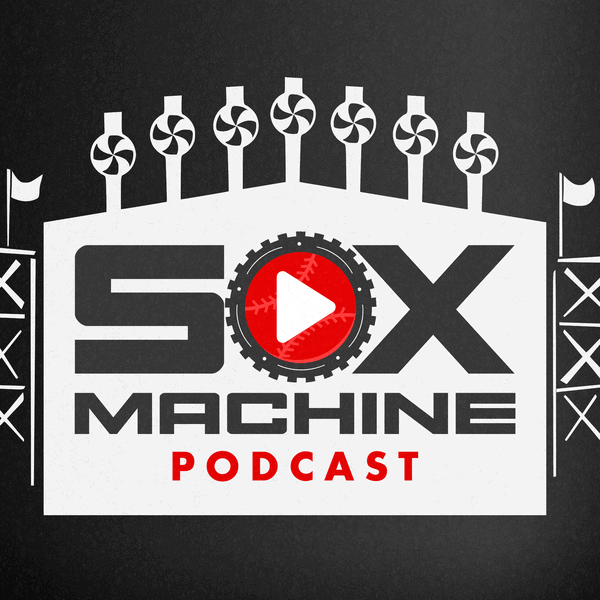In the future, we’ll look back at 2019 as the season where the juiced ball radically changed the league.
At current paces, 16 of the 30 MLB franchises will set team home run records this year
— Sam Miller (@SamMillerBB) September 13, 2019
One of those 14 teams not setting a new franchise record is the Chicago White Sox. That record belongs to the 2004 squad that belted 242 home runs. Paul Konerko led the way with 41, Carlos Lee in his final season with the team hit 31, Jose Valentin chipped in with 30, and Aaron Rowand slugged 24. Those four top home run hitters contributed 52% of the White Sox home runs.
The 2004 White Sox tied with the New York Yankees for most home runs hit in the majors. If you could transport that team to present day 15 years later, they would presently be fifth behind the Yankees, Twins, Dodgers, and Astros. At the current pace, 242 home runs may not finish in the Top 10 in baseball this year as Braves, Athletics, Cubs, Brewers, Mariners, Red Sox, and Blue Jays are projected to hit more.
For those that remember the mid-2000’s White Sox teams, that’s eye-opening. There used to be a saying that if the White Sox want to be a winning ballclub, they need to hit at least 200 home runs. The White Sox indeed need to hit more home runs, but the target of 200 home runs in a season may no longer be enough.
Despite playing home games at Guaranteed Rate Field, the present-day White Sox rank 25th in home runs hit joining the likes of the Pirates, Giants, Tigers, Royals, and Marlins. Even with the juiced ball, the White Sox are only on pace to hit 175 home runs this season.
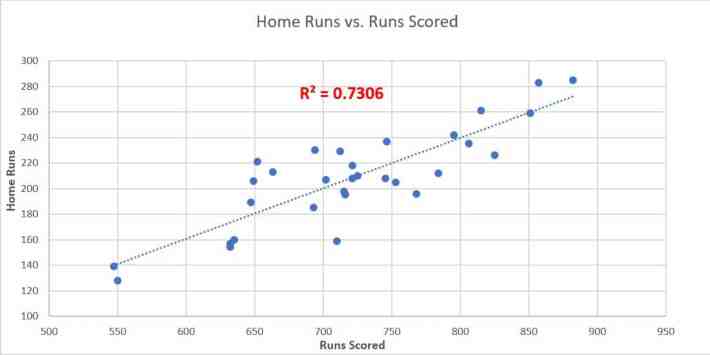
While they struggle to hit the ball over the fence consistently, White Sox pitchers are struggling to avoid giving up dingers. As a unit, White Sox pitchers have allowed 222 home runs in 2019. Even though that is a high number, it only ranks eighth in baseball as Baltimore is on their way to giving up more than 300 home runs (283 as of September 15)!
Right now, the White Sox have a negative difference in home runs hit and allowed of -62. In the franchise’s 119 years of existence, that is the third-worst home run differential of all-time.
The White Sox have a home run problem.
| Season | Team | HR | HR Allowed | Difference |
| 1934 | White Sox | 71 | 139 | -68 |
| 1949 | White Sox | 43 | 108 | -65 |
| 2019 | White Sox | 160 | 222 | -62 |
| 2017 | White Sox | 186 | 242 | -56 |
| 1931 | White Sox | 27 | 82 | -55 |
After Saturday’s game, Jose Abreu, Eloy Jimenez, Yoan Moncada, James McCann, and Tim Anderson are doing the heavy lifting hitting homers. That quintet have hit 71.9% of the White Sox home runs this season. That’s not necessarily a problem, but if the White Sox hope to keep pace with the league, all five would have to hit at least 35+ home runs in 2020 if they maintain that percentage.
Jimenez has the power to do it. Maybe Abreu. Not sure about Moncada or Anderson, though. It would be too much to expect Luis Robert to replicate his 2019 MiLB season in his rookie MLB year, and Andrew Vaughn is still at least a season and a half away. No, the White Sox need help, and the internal solutions are slim pickings. Maybe something clicks for Zack Collins during the offseason, or 2018 Daniel Palka returns, but that’s it. Rick Hahn and Kenny Williams will need to find help via free agency or trade.
If they want to avoid giving up prospects in a trade, your top home run hitters that could be free agents this offseason:

Very likely that the Twins bring back the ageless wonder, Nelson Cruz, and confident the Chicago Cubs will have Anthony Rizzo around even though they may have a new manager in 2020. For everyone else, there is a good chance they will be available for the White Sox to sign and provide a boost in hitting home runs. That also banks on Jose Abreu returning to the White Sox on a new deal.
While the White Sox need to find a way to increase home run output, pitching coach Don Cooper needs to work with his staff in trying to cut down on the number of dingers allowed. The White Sox starters have given up the third-most home runs this season. Reynaldo Lopez leads the team in home runs allowed with 31, and Ivan Nova is a close second with 30 given up.
Nova is a free agent after this season, and while he worked his way to a 2.2 bWAR season, it might be best that the White Sox find an alternative to help fill out the 2020 starting rotation. Nova’s ERA+ is 98 putting him 2% below league average, and there are better or similar pitchers who have given up fewer dingers in 2019.
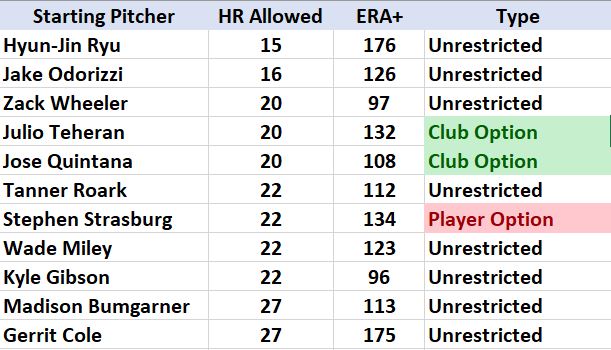
The White Sox signing a better starting pitcher than Nova would be step one in reducing home runs. Step two is getting Lopez and Dylan Cease to learn how to avoid giving up a home run per start. Then there is trying to avoid having to use fillers for spot starts. Ross Detwiler has allowed 16 home runs followed by Dylan Covey with 12 and Manny Banuelos with eight. Ervin Santana’s six home runs allowed in his three starts will be off the books for 2020, too. Those four pitchers in 31 starts gave up 42 home runs. One would hope that Michael Kopech returning won’t see similar results.
Ultimately this boils down to home run differential. It is a straightforward concept: the White Sox must find a way to hit more home runs allowed. Why is this important? Since the Designated Hitter introduced in 1973, the Chicago White Sox have only four winning seasons which they did not have a positive home run differential.
| Season | HR | HR Allowed | Difference | Winning Percentage |
| 1985 | 146 | 161 | -15 | 0.525 |
| 1990 | 106 | 106 | 0 | 0.580 |
| 1991 | 139 | 154 | -15 | 0.537 |
| 1992 | 110 | 123 | -13 | 0.531 |
The six divisional titles came in seasons which the White Sox had a positive home run differential, and if you want to go way back, only 1906 (Only hit seven home runs for the season) and 1959 White Sox teams made the postseason with a negative run differential. In 40 seasons posting a positive home run differential, the White Sox had 31 winning seasons.
Maybe to say the White Sox have a home run problem is a bit simplistic in the advanced age of baseball front offices because the suggestion is telling the team needs to score more runs while allowing fewer. That’s elementary, but when everyone associated with baseball pays more attention to exit velocity, groundball rate, creating more spin, and changing entire hitting approaches to hit more fly balls, home runs have become urgent. For the White Sox, it’s another element of today’s game they’re behind the curve on, but there are options this offseason that would allow them to catch up quickly.
